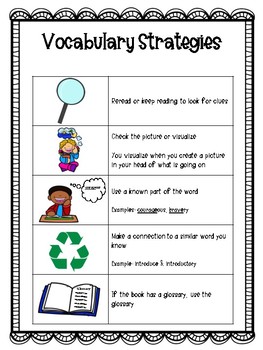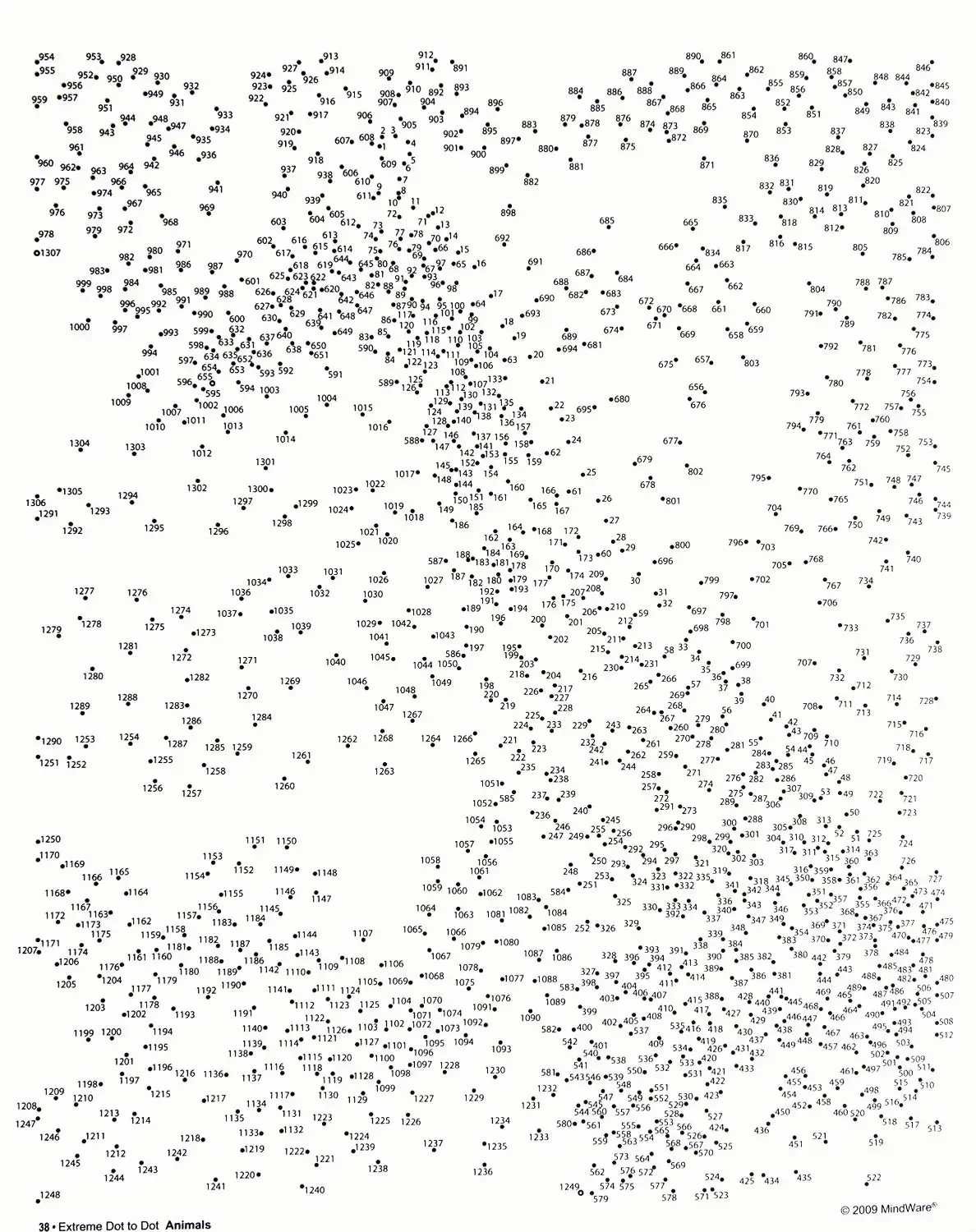Vocabulary strategies instruction
Table of Contents
Table of Contents
Vocabulary is an essential part of any language, and without a robust vocabulary, communication becomes difficult. Learning a new language exam preparation or writing an essay requires an extensive range of words to be used in the appropriate context. In today’s era, children are not only required to learn new words but are also required to learn the correct pronunciation of words. Lack of vocabulary can cause failure in academics, and people might not even get their dream job. However, there are strategies to improve your vocabulary, which we will discuss in this article.
Pain Points Related to Strategies for Vocabulary Instruction
Many students find it hard to remember new vocabulary, which is usually due to their busy schedule. A learner might have learned a new word yesterday, but the next day, he might forget it. Students often get bored with traditional learning methods and quit learning new words, which can lead to a lack of vocabulary throughout their life.
Why Is Vocabulary Important?
Vocabulary is an essential part of language learning as it provides the necessary words for expressing our thoughts among peers. When we learn new words, we can express ourselves more accurately and precisely. This will also enable a person to communicate their thoughts confidently and fluently in a foreign language, especially in global business settings.
Main Points: Strategies for Vocabulary Instruction
Reading, listening, watching TV, and writing are good ways to improve vocabulary. The daily practice of these strategies can bring a significant difference in a person’s vocabulary. Reading books, novels, listening to native speakers, and watching movies or documentaries can improve vocabulary techniques by taking a particular interest in words and their usage. Writing daily on any topic can significantly help learners memorise and establish their application in the appropriate context. Practice really does make perfect.
Mnemonics Technique
The mnemonics technique is used to remember things for a long time. This strategy helps the learner to associate the new word with something familiar, forming the basis of the unique word. Forming an association with emotions or images can be a helpful strategy to remember words. For instance, associating the word “ambrosial” with the taste of honey.
Flashcards Technique
The flashcards technique is another great way to improve vocabulary. This technique is useful when learning new things because it is easy to take with you on the go. Flashcards make language learning fun, and you can also easily track your progress. These cards have words on them that the learners usually write themselves or make use of a vocabulary list. Flashcards rely on highly visual techniques to make it easy to remember things.
Root Words Technique
Root words give language learners an edge in vocabulary; many new words are simply combinations, affixes, and extensions of previously known words. This technique is like a building block, and each pillar gives an understanding of how the other words have been formed. Once the root words are memorised, it is easier to guess the meaning of the new words.
Conclusion
Improving our vocabulary is a lifelong process, and it requires daily efforts. Reading, writing, watching, and the flashcard technique, when used consistently, helps build a strong vocabulary. Mnemonics and root words will prove beneficial, too, as they establish connections with new and old words. These strategies for vocabulary instruction ensure improvement and development, forming the basis of a person’s language skills.
Question and Answer
1) How can one improve vocabulary?
A person can improve his/her vocabulary by reading, writing, listening to podcasts, movies, and to native speakers.
2) What is the Mnemonics Technique?
Mnemonics technique is where people associate the new words with something familiar in order to remember them for a long time.
3) What is Flashcards Technique?
The flashcards technique involves memorising new words through visual aids such as pictures or drawings to make it easier to remember.
4) What is Root Words Technique?
Root words give language learners an understanding of how the other words are formed, and once the root words are memorised, it becomes easier to guess the meaning of the new words.
Conclusion of strategies for vocabulary instruction
Learning and improving vocabulary is an essential part of language learning, and it can be done through various methods. Learners must practice vocabulary techniques daily, such as reading, writing, listening, and watching. The mnemonics technique and root words are effective ways to remember new words, and flashcards can be of significant help as well. Remember that daily practice is the key to success and improving your vocabulary.
Gallery
Effective Vocabulary Instruction For Kindergarten To 12th Grade

Photo Credit by: bing.com / vocabulary strategies instruction
Clarifying (With Images) | Vocabulary Strategies, Vocabulary Skills

Photo Credit by: bing.com / vocabulary strategies teaching skills development classroom words pdf literacy instruction school reading language semantics building students activities concepts learning english
50 Best Vocabulary Strategies Images In 2017 | Vocabulary Strategies

Photo Credit by: bing.com /
Vocabulary Strategies Poster Or Reference Sheet By The Art Of Literacy

Photo Credit by: bing.com / vocabulary strategies poster sheet literacy reference next
Infographic: 10 Principles For Effective Vocabulary Instruction

Photo Credit by: bing.com / vocabulary infographic





